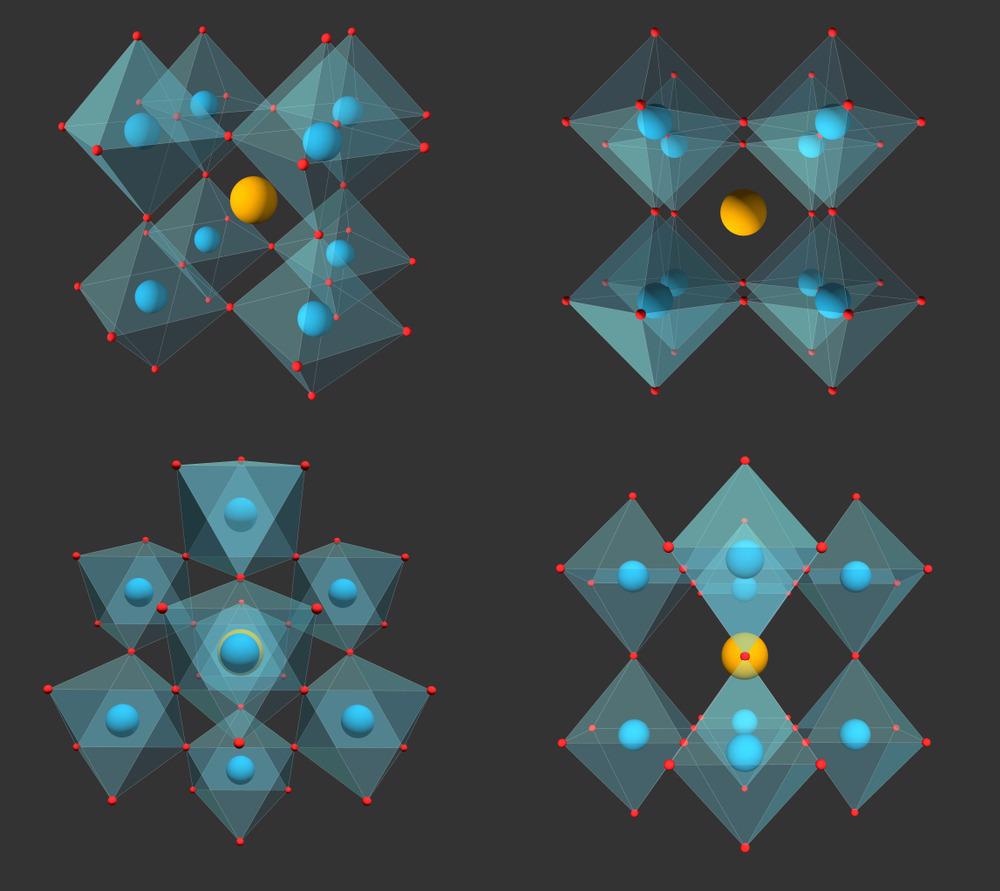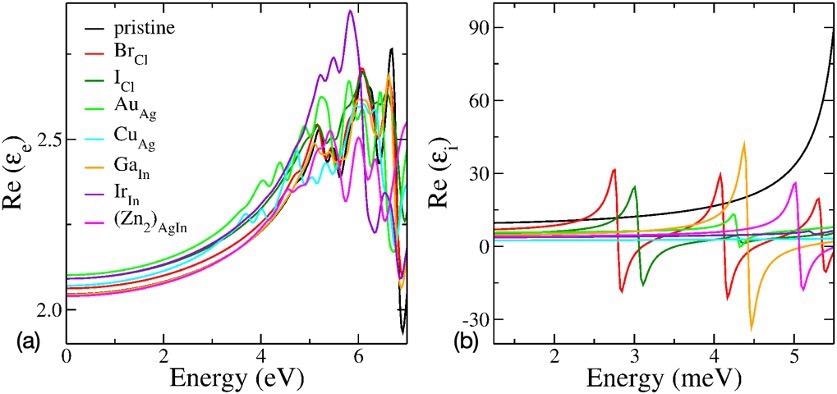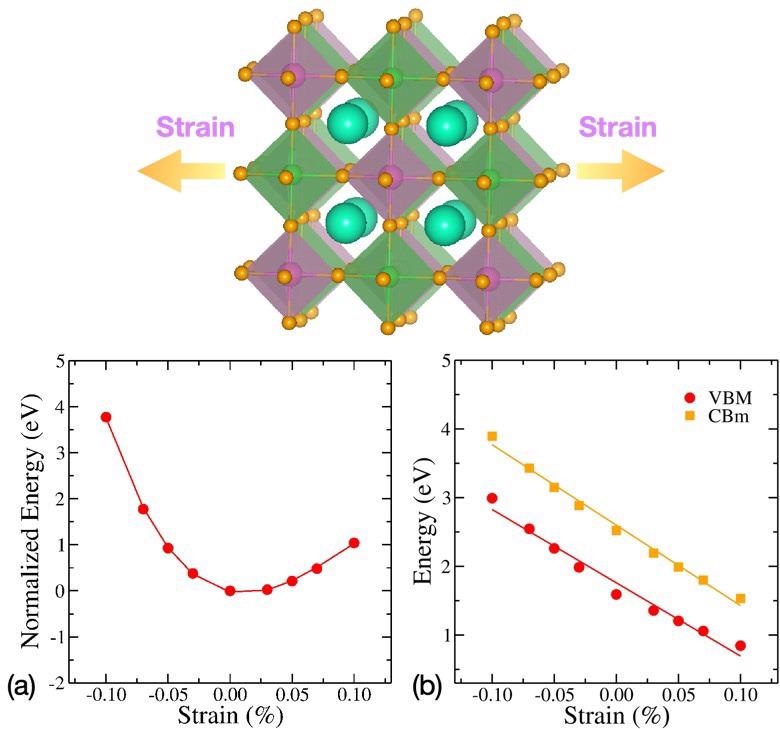The development of inorganic lead-free alloyed double perovskites has revolutionized materials science and the industry, as per the latest research in the journal Materials Science.

Study: Lead-Free Alloyed Double Perovskites: An Emerging Class of Materials from Many-Body Perturbation Theory. Image Credit: Niethammer Zoltan/Shutterstock.com
The favorable properties such as a superior optical energy band, high number of charge carriers, and low manufacturing cost have been the fundamental reason for the success of double perovskites in a shorter duration of time. However, there are still a few major concerns over their utilization such as the instability of occurring phases and the Lead (Pb.) toxicity.
Lead-Free Double Perovskites
The problems with sustainability have been partially solved by substituting synthetic cesium ions for organic cation. However, Pb toxicity remains a disadvantage, and addressing this problem without jeopardizing effectiveness is critical.
A suitable method to successfully avoid this toxicity is to synthesize Lead-free inorganic double perovskites due to essentially their low level of toxicity compared to classical substances. Especially, the focus of research has been on double perovskite Cs2AgInCl6 due to their environment-friendly operation and excellent electrical, thermal, and mechanical properties. The latest research published is focused on the variation of carrier-lattice interaction and optoelectrical properties of Cs2AgInCl6 double perovskite.

Figure 1: (a) Crystal structure of Cs2AgInCl6 double perovskite and (b) bandstructure of Cs2AgInCl6 using G0W0@HSE06. Ef is fermi energy level.
Methods and Properties
To quantify exciton binding energy (EB) and exciton lifespan of different alloyed double perovskites, many-body perturbation theory (G0W0@HSE06) and density functional perturbation theory (DFPT) were utilized.
The initial explanation of photophysical phenomena in the perovskite materials was done by using the polaronic effect, particularly dealing with electron excitation and charge mobility. The researcher in the latest study successfully used the Fröhlich model for the accurate calculation of polaron mobility. The next logical step involved the accurate calculations regarding the effective electron mass by utilization of the Wannier–Mott approach. This eases the calculations for the reduced mass.

(a) Electronic contribution to the dielectric function and (b) ionic contribution to the dielectric function of pristine Cs2AgInCl6 and different alloyed compounds. Image Credit: Jain, M et al., Material Science
The binding energy estimation was followed by the calculation of static electronic dielectric constant (ε∞) and static ionic dielectric (ε static). This led to the initial calculation of charge carrier mobility by using the deformation potential model of Shockley and Bardeen. The final investigation of the coupling between phonon and the electron was done by the implementation of Fröhlich’s polaron model. Each of the steps was performed following the international standards to provide accurate analysis in the research paper.
Research Findings
The researchers stated that their analysis and the results are in accordance not only with the theoretical concepts but also with previous studies. The value of effective electron mass, hole mass, and reduced mass were found to be 0.29, 1.07, and 0.23, respectively. Static dielectric constant and ionic dielectric constant values were found to be 2.05 and 9.63. These values were validated by the previous studies. A high value of the ionic constant is evidence of high ionic contribution to the dielectric value.
These constants were further utilized by the researchers in the standard equations to obtain the values of upper-bound and lower-bound limits as 0.74eV and 0.03eV. Such values were an indication of a shorter excitation lifetime of double perovskites leading to higher quantum yield and efficiency of phase conversion.
The pure Cs2AgInCl6 and other alloyed products have an isotropic conduction behavior due to the fundamental cubic crystalline structure. The value of hole effective mass was about 3 times larger than the electron, indicating a superior electron conduction and movement ability (665.38 cm2V −1 s −1) than the hole mobility (30.68 cm2V −1 s −1).
Debye Temperature and Charge Carriers
For pristine Cs2AgInCl6, the Debye temperature (D) of effective LO frequency is 215 K. Similarly, the Debye temperature for several alloyed systems is much below room temperature, implying a significant polaronic influence to limit carrier mobility around ambient temperature. All the values reported by the researchers are relatable to previous studies depicting the accuracy of this difficult study.
The researchers concluded that charge-carrier excitations are limited by phonon scattering, which is crucial to the formation of high-efficiency perovskite photovoltaics. At the ambient conditions, researchers utilized the Fröhlich process to find the carrier-phonon scattering.
Furthermore, while alloying, we see a substantial enhancement in hole and electron mobilities. The researcher in the journals declared that the findings would aid in an increased comprehension of these double perovskites' optoelectronic characteristics and lattice dynamics.
3
(a) Relationship between total energy and the applied strain along the transport direction (z-axis) (b) Band energy shifts of VBM and CBm under uniaxial strain for Cs2AgInCl6. Image Credit: Jain, M et al., Material Science
In summary, the charge excitation and electron-atom interaction properties of virgin Cs2AgInCl6 and several alloyed double perovskites were explored extensively using first-principles calculations. The top and lower bounds of exciton energy bands using the Wannier–Mott method were calculated. Following that, the researchers discovered that the alloyed compounds had a prolonged exciton duration than the virgin Cs2AgInCl6, based on the exciton longevity computation.
The thorough analysis in the published research paper has completely validated the various top-notch electrical and optical properties of the double perovskites by using many-body perturbation. This research surely would aid not only in manufacturing but also in the continuous improvements in the properties of these substances.
References
Jain, M., Kumar, M., Bhumla, P., & Bhattacharya, S. (2021, October 23). Lead Free Alloyed Double Perovskites: An Emerging Class of Materials from Many-Body Perturbation Theory. Materials Science. From arxiv: https://arxiv.org/abs/2110.12146
Disclaimer: The views expressed here are those of the author expressed in their private capacity and do not necessarily represent the views of AZoM.com Limited T/A AZoNetwork the owner and operator of this website. This disclaimer forms part of the Terms and conditions of use of this website.